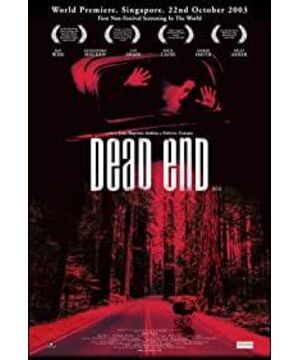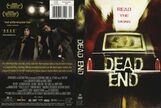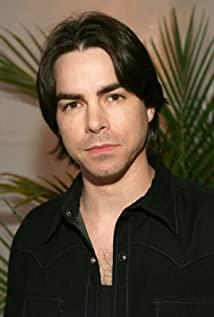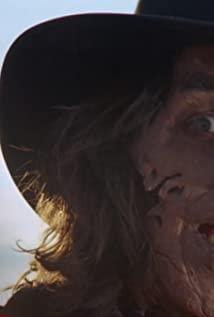1. The order of narration is consistent with the order of death;
2. The son-in-law left a posthumous child, so it was arranged to hold the baby when he died;
3. In the play, the son was in restless puberty, so he had sexual hallucinations before he died;
4. In the play, the mother has a secret lover. She spends her life with someone she doesn't love, and tells her secret and the one she loves before she died;
5. In the play, the father is the last to die. It is inferred that he did not immediately die. While waiting for rescue, he wrote down the wish note. He was once full of hope and was the only person who did not give up, but in the end he was angry and desperate (trying to drink bombs) Suicide was a reluctance and persistence to her daughter), but still did not pass.
6. I won’t say anything about my daughter, the only one who escaped from the dead;
7. The white-clothed woman and the baby personally felt that they were killed by the driver of the black car. It should not have been hit. It was embodied as only a wound on the forehead, and finally stood in front of the black car and said to the daughter in the play "he is not coming for you." (He didn't come for you.) "The meaning of the sentence is for yourself.
8. In the play, the direction and purpose of the father's always being "Marcourt" (doctor's name), which means that he has been waiting for the doctor's rescue, but he did not wait for him.
9. As for the last phrase "not again" said by the doctor, I think it might be because some friends said that the car could not start and delayed the rescue, but it is logically unreasonable (usually an ambulance), if not for this I can't think of any deep meaning;
10. At the end, the black car and the driver should be the perpetrators, disguised as witnesses, which means that every deceased was taken away by this car;
11. In the play, the daughter was thrown out of the car, and she looked up and saw the leaves dripping blood (is it thrown on the tree), which can be understood as the police who reported to the doctor that the perpetrator thought that everyone had died, and at the end, he asked the doctor about the situation;
12. In the end, the driver of the black car called the doctor, echoing the death of the white-clothed woman and the baby in front of him, inferring that it was a playboy.
That's all, the goose bumps are all up. I have watched so many horror movies. This one is still full of horror, with a strong sense of rhythm, no peeing points, sufficient tension and suspense, and excellent performance of the actors. I give 4 points out of 5 points.
View more about Dead End reviews











